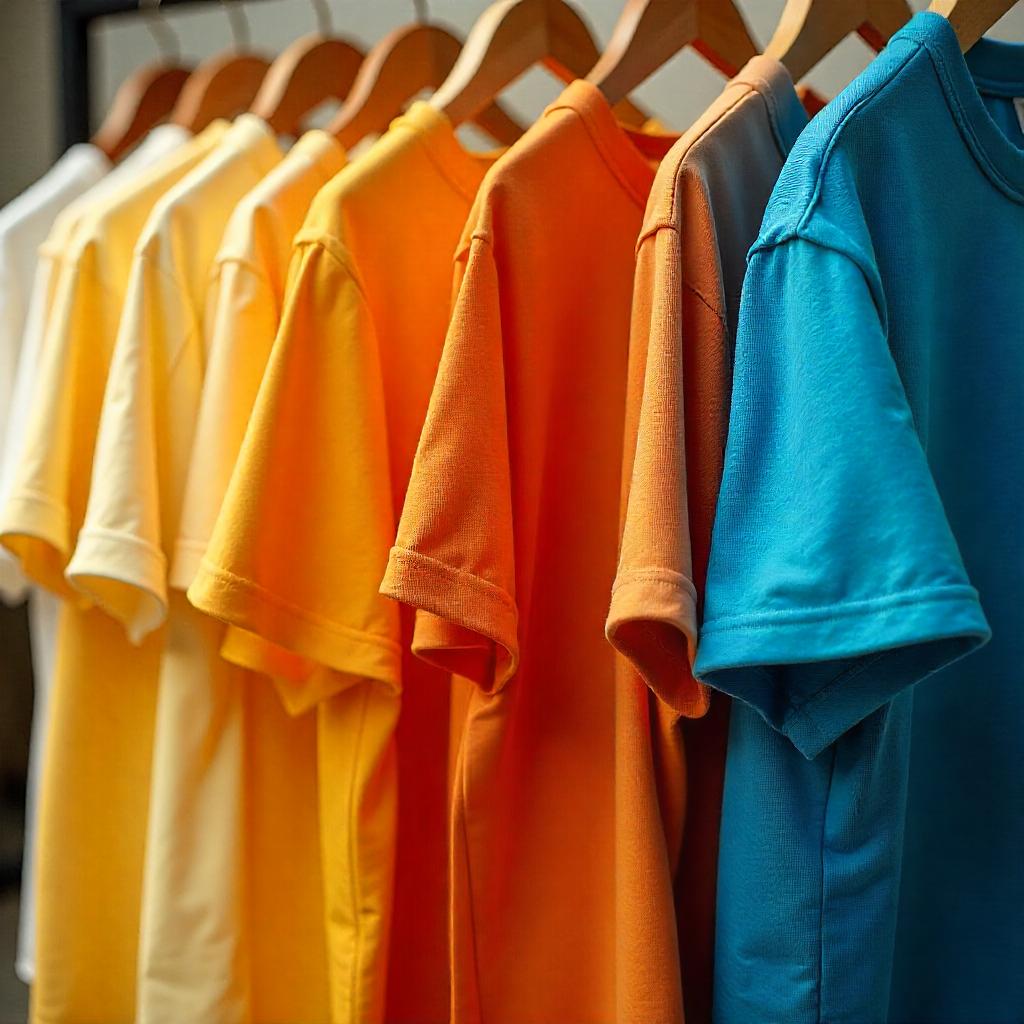When it comes to T-shirts, fabric choice is one of the most important factors influencing comfort, durability, appearance, and overall satisfaction. Not all fabrics are created equal—each offers a unique set of benefits and drawbacks that can affect how the T-shirt feels on your skin and how it holds up over time. Understanding the top fabric options available can help you pick the perfect tee that suits your needs and lifestyle.
Cotton: The Classic Favorite
Cotton is by far the most popular fabric for science shirts, and for good reason. It’s soft, breathable, and naturally hypoallergenic, making it ideal for everyday wear. Cotton fibers allow air to circulate, which helps keep you cool in warm weather.
There are many types of cotton, including regular cotton, combed cotton, and organic cotton. Organic cotton is grown without synthetic pesticides and fertilizers, making it more environmentally friendly. High-quality cotton T-shirts tend to be durable and maintain their shape well after multiple washes.
Polyester: Durable and Moisture-Wicking
Polyester is a synthetic fabric known for its strength and durability. It resists shrinking, wrinkles, and fading, which makes polyester T-shirts long-lasting and easy to care for. Additionally, polyester is often blended with other fabrics to enhance stretch and durability.
One key advantage of polyester is its moisture-wicking ability, which pulls sweat away from the skin and helps it evaporate quickly. This makes polyester T-shirts a favorite for athletes and anyone leading an active lifestyle. However, polyester is less breathable than cotton and can sometimes feel less soft.
Blends: The Best of Both Worlds
Many science t-shirts are made from fabric blends, combining natural fibers like cotton with synthetic ones such as polyester or rayon. Blends are designed to balance the comfort of natural fabrics with the durability and performance of synthetics.
For example, a cotton-polyester blend offers softness, breathability, and moisture management, while improving wrinkle resistance and longevity. Rayon blends add a silky feel and drape, enhancing the overall look and fit of the T-shirt. Blends often deliver superior performance, making them versatile for casual and athletic wear.
Linen: Lightweight and Breathable
Linen is a natural fiber made from flax plants. Though less common for T-shirts, linen is prized for its exceptional breathability and lightness. Linen T-shirts are perfect for hot climates because they allow heat and moisture to escape easily, keeping you cool and comfortable.
Linen tends to wrinkle more than cotton or synthetic fabrics, giving it a relaxed, lived-in look. It’s also very durable and gets softer with every wash, though it can feel rough initially. If you’re after a casual, breezy style, linen T-shirts are a great choice.
Bamboo: Soft and Sustainable
Bamboo fabric has gained popularity as a sustainable and eco-friendly alternative. Made from bamboo pulp, it’s processed into a soft, breathable fabric with natural antibacterial and moisture-wicking properties.
Bamboo T-shirts are silky to the touch and drape well on the body. They are also biodegradable and require fewer resources to produce than traditional cotton. This makes bamboo a smart choice for anyone looking for comfort combined with a lower environmental footprint.
Modal: Luxurious Softness
Modal is a type of rayon made from beech tree pulp. It’s known for its luxurious softness and smooth texture, which feels great against the skin. Modal fabrics are breathable and moisture-wicking, similar to bamboo.
Modal T-shirts tend to resist shrinkage and pilling, maintaining their shape and color even after many washes. They are a popular choice for premium or designer T-shirts that emphasize comfort and a high-end feel.
Why Fabric Choice Matters
The fabric you choose impacts more than just how your T-shirt looks or feels. It affects breathability, moisture management, durability, ease of care, and even environmental impact. For example, cotton is breathable but can wrinkle and shrink, while polyester is durable but less breathable. Blends try to combine strengths but may lack some benefits of pure fibers.
Choosing the right fabric based on your lifestyle, climate, and personal preferences ensures that your T-shirts remain comfortable, functional, and long-lasting.
Conclusion
Selecting the best fabric for your T-shirts can elevate your everyday wardrobe experience. Whether you prioritize softness, breathability, durability, or sustainability, there’s a fabric tailored to your needs. From classic cotton to innovative bamboo and performance blends, knowing your fabric options empowers you to make smarter, more comfortable, and more conscious fashion choices.
